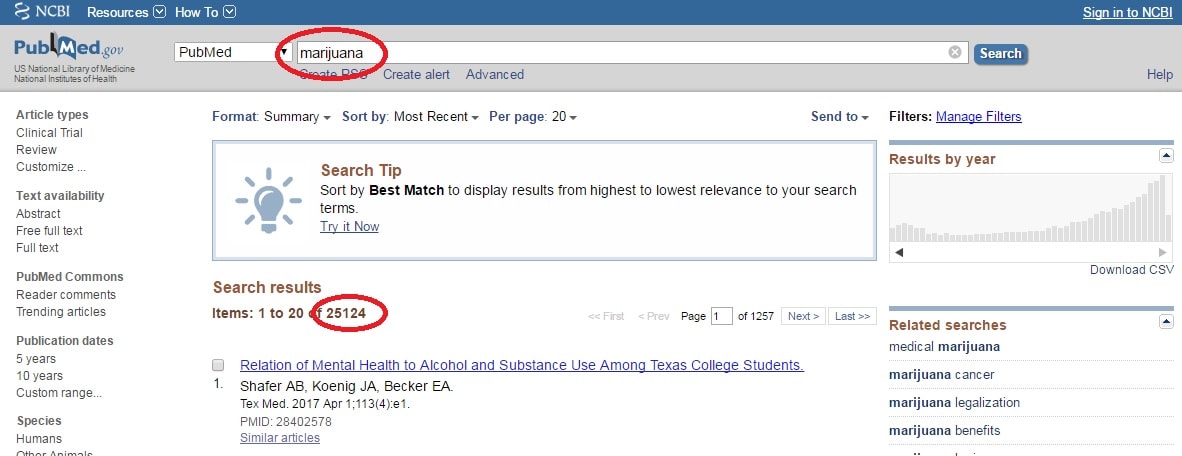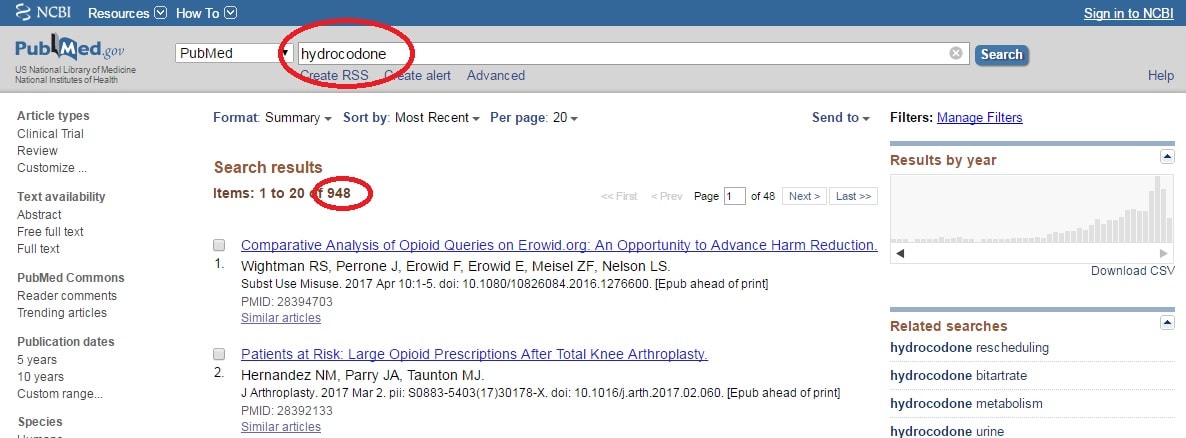Cannabis Is A Safer Alternative For Professional Athletes
The stresses and injuries that come with being a professional athlete can be significant. Competing at the highest level of any sport can take a mental toll on even the most focused, seasoned professional athlete. The amount of adrenaline involved is off the charts, which can be extremely stressful to deal with, and professional athletes need ways to unwind after competition and practice.
Going up against other world class athletes in contact sports almost always results in competitors experiencing some type of injury, if not multiple injuries. In some sports, the pain that goes along with common injuries can be very severe. Even in sports that don’t involve contact with other athletes, injuries can still occur. At the very least athletes experience pains and injuries related to wear and tear on their bodies if they train/compete long enough.
Relaxing and restoring from competition and everything that goes with it can take many different forms depending on the athlete. It is no secret that many athletes turn to alcohol to relax, and opioids or other pharmaceuticals to treat their health conditions. If that’s what grown athletes choose to do, that is certainly their prerogative, but athletes should also be able to make the safer choice and consume cannabis if they choose to do so.
Alcohol, opioids, and other pharmaceuticals are legal to use in professional sports leagues, and in many cases, widely embraced. Advertising for alcohol can be found all over arenas and stadiums, as well as during professional league broadcasts. Opioids are dispensed at alarming rates by team doctors, and athletes are told to avoid cannabis at all costs, even for medical purposes. Yet at the same time the use of more harmful pharmaceuticals are often encouraged to treat various conditions.
A study from 2015 found that cannabis is 114 times safer than alcohol. Cannabis opponents within professional sports leagues have yet to directly address this scientific fact. If professional sports leagues truly relied on science when crafting league banned substance policies, there is no way that cannabis would be on the list of banned substances while alcohol remains permitted.
As the Uncle Cliffy team has pointed out before, cannabis has been the subject of more studies than Toradol, Hydrocodone, and Tylenol – combined. All three of those substances are widely used in professional sports leagues, and while all of them are considered to have been adequately studied, reform opponents in leagues often claim that ‘there hasn’t been enough studies on cannabis.’ That claim is obviously false, proven by math alone.
Cannabis is safer than many pharmaceutical drugs that players use for everything from anxiety to sleep assistance. Common side effects for pharmaceutical grade sleep medications include dizziness, weakness, feeling “drugged” or light-headed, loss of coordination, nausea, constipation, diarrhea, upset stomach, headache, and muscle pain. Despite those common side effects, the use of pharmaceutical sleep aids by athletes is perfectly fine in professional sports leagues. However, cannabis use is prohibited – no exceptions. Cannabis helps treat muscle pain, not cause it, but somehow it continues to be banned by leagues like the NFL and NBA. How does that make any sense?
Whether it’s to relax or for restoring purposes, cannabis is a safer, and often times more effective, choice for professional athletes. Athletes that are looking for something to help them relax and/or recover from injury should give strong consideration to using cannabis. Also, professional sports leagues should recognize the science involved and treat cannabis like they do other substances that are much more harmful. The Uncle Cliffy team is by no means saying that everyone should have to use cannabis, but they should be allowed to do so if they want to as long as the use is conducted in a responsible fashion.
Uncle Cliffy Invites League Officials And Owners To Read Cannabis Studies
When it comes to opposing cannabis, one of the ‘go to’ talking points for opponents is that ‘there needs to be more research’ before reform can occur. This is a common talking point for cannabis opponents both inside and outside of professional sports. It is a talking point that, for better or worse, resonates with many people that are on the fence about supporting reform. It is a good thing, in that the need to research cannabis is definitely something that should be supported.
But, it can be a two-edged sword because when people hear the ‘need for more research’ line from opponents, it makes it sound like the cannabis plant hasn’t been studied very much over the years. Opponents know this, which is why they often go to this delay tactic. Calling for more research is a way for an opponent to oppose cannabis reform, while coming across as not necessarily being against cannabis. It helps them avoid direct confrontation and delay the debate.
Opponents who use this tactic are glossing over one very big fact – there is an enormous amount of cannabis research that has already been conducted, and is easy to locate. PubMed.gov houses the online ‘U.S. National Library of Medicine National Institutes of Health’ database. A quick search for the term ‘marijuana’ yields 25,124 returns as of this post, as you can see in the screen shot below:
As you can see from the ‘results by year’ chart in the upper right hand corner of the screen shot, the amount of cannabis research has been growing significantly in recent years – the same years that the ‘need for more research’ claim has been pushed by opponents more and more. To put into perspective how cannabis research compares to other substances, look at the search for one of the most common opioid prescriptions, hydrocodone. As of this posting, a search on PubMed.gov only yields 948 results for research, as seen below:
Toradol, which is widely used in the National Football League (NFL), as described by Eugene Monroe in his article for The Player’s Tribune, only yields 742 results. Even tylenol returns less study results than cannabis (20,540). For league officials to say that ‘there needs to be more research’ is a slap in the face to compassion and logic. As the math itself proves, the cannabis plant has been researched more than substances that are widely embraced by professional sports leagues.
Cannabis is non-toxic, and has been proven to be an effective treatment for all types of conditions and ailments. One study found that cannabis is 114 time safer than alcohol, a substance that is widely embraced by professional sports leagues that prohibit cannabis. The Uncle Cliffy team recognizes that there will always be a need to add to the body of cannabis research that already exists.
However, we also believe that there is clearly enough research and other evidence available RIGHT NOW for league officials to conclude that cannabis prohibition has failed, and that allowing players to use cannabis is a smart, safe move. The Uncle Cliffy team invites league officials in professional sports leagues that prohibit cannabis to take a strong look at the available cannabis research. We have been compiling a list of some of the more relevant cannabis research on this site to make it easier for people to learn the truth about the cannabis plant and how athletes can benefit from its use. That list can be viewed at this link here.


